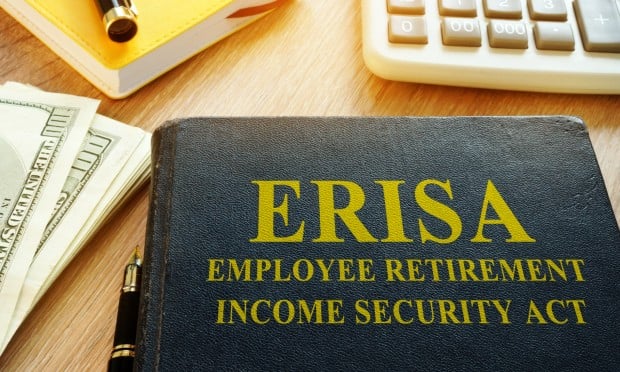A new analysis of U.S. Census Bureau’s Current Population Survey shows the feds aren’t getting an accurate picture of household retirement income.
That’s because the questions asked to measure income for those 65 and older don’t completely account for the growing amount of assets in IRAs and defined contribution plans, according to new analysis from the Employee Benefit Research Institute.
Each March, the Bureau issues its Annual Social and Economic Supplement to update the most recent census data.
Continue Reading for Free
Register and gain access to:
- Breaking benefits news and analysis, on-site and via our newsletters and custom alerts
- Educational webcasts, white papers, and ebooks from industry thought leaders
- Critical converage of the property casualty insurance and financial advisory markets on our other ALM sites, PropertyCasualty360 and ThinkAdvisor
Already have an account? Sign In Now
© 2024 ALM Global, LLC, All Rights Reserved. Request academic re-use from www.copyright.com. All other uses, submit a request to [email protected]. For more information visit Asset & Logo Licensing.








